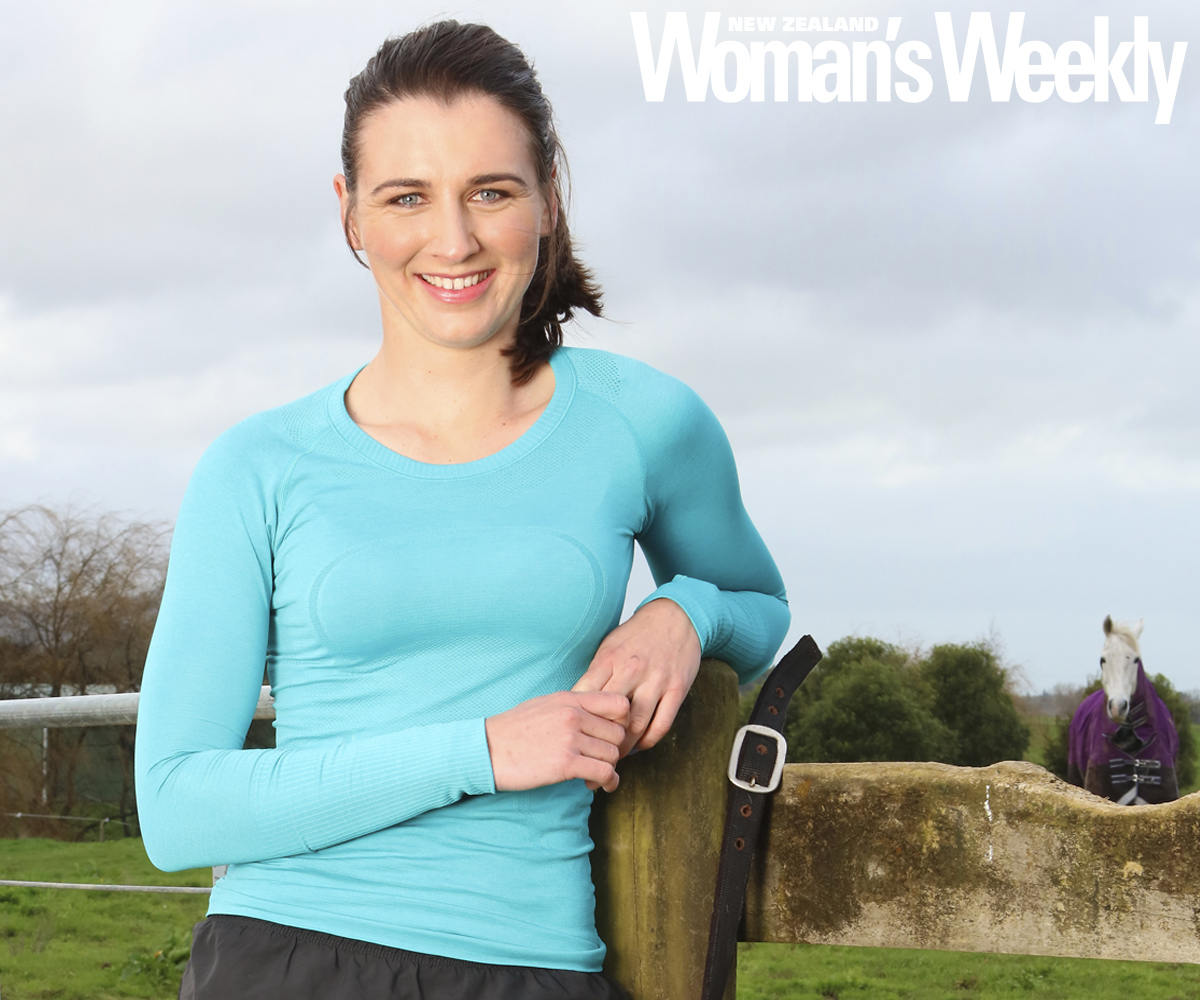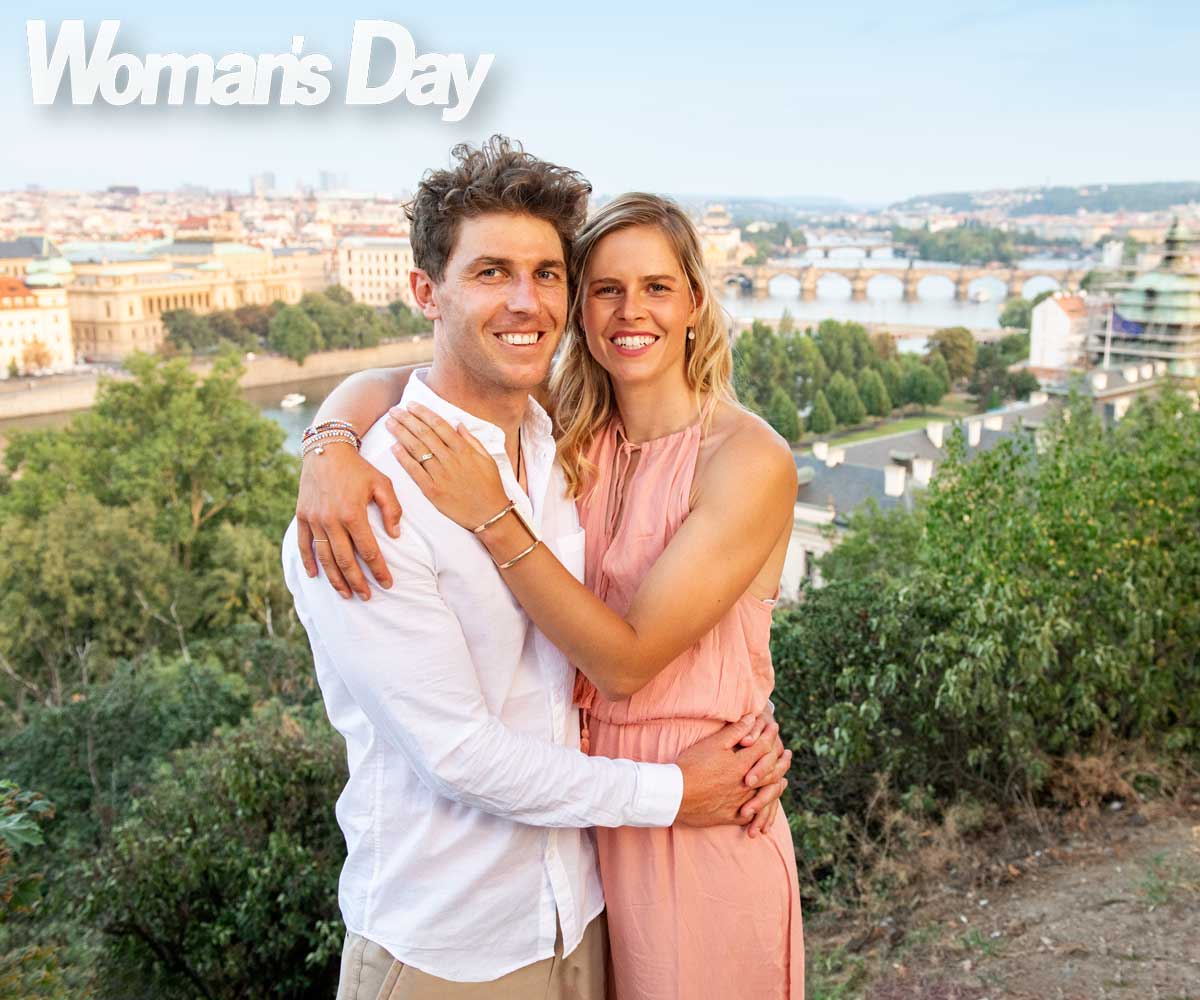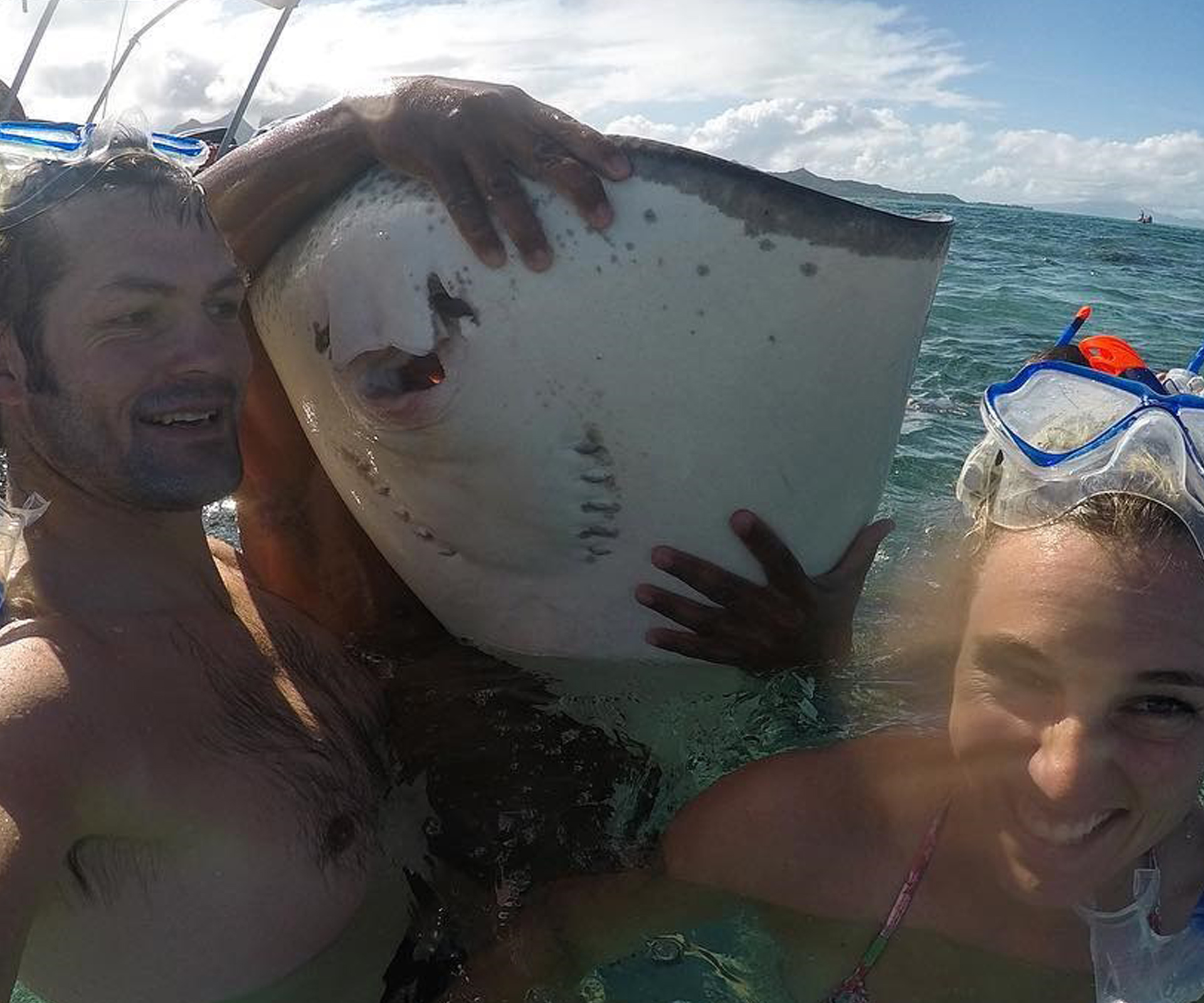“I was one of those kids who would fake notes from their parents to get out of PE.
When I was about 16 – this is tragic – we had the option of either doing straight PE or health, or a combination. All the good-looking guys were in the first XV and were doing the pure PE, so that was my motivation to take that class.
Funnily enough, I then got a PE scholarship to Otago University, where I did a degree in human skeletal anatomy.
My post-grad degree is in human genetics, and I now work as an environmental scientist, studying the chemistry of our drinking water to ensure it’s safe for human consumption, which is a bit of a left turn.
I did my first Coast to Coast when I was 18.
My old man – Rob Marshall – had done it about 10 times, so the plan was to have a bit of a father-daughter thing going, and it went from there. I’d do the mountain run on the Friday and crew for Dad on the longest day on the Saturday.
I’ve come second a lot, but last year I won both the open women’s and my age group, and Dad took out his age group as well.
My mum Niki isn’t into racing – she’s a mountain biker – but she is great as support crew. She’s very good at waiting there with your protein shake or your energy bars!

Steph (above centre) became a convert to horse-riding and sport as a teenager, and last year won the Coast to Coast.
I saw the Tenzing Hillary Everest Marathon advertised a few years ago and just thought it would be epic.
It was a bit of a long shot because it’s quite an exclusive race. When everything started falling into place, it was like, ‘Oh my God, this is actually happening!’ All of a sudden it was quite scary.
There’s a half, full and ultra-marathon race, which is 60km and capped at 25 entrants. I was the only female in the ultra.
You arrive three weeks out from race day and trek up over that time to Base Camp, where the race starts. It was pretty much all walking – the terrain is challenging on its own, particularly when you get up around the 4500-5000m mark.
A lot of people got very, very bad altitude sickness – there were a lot of unwell people.

The race starts at 6am, from the Khumbu Icefall, so for the first 2km or 3km of the course you are just running on glacier ice.
You recognise where you are because you’ve trekked it on the way up, but at about 15km in, I took a wrong turn and ended up losing my footing as I headed down a quite steep yak track.
I picked myself up and got to the 24km mark, where you pick up a Sherpa who acts as a pacer and guide. We went back up the hill but on a different route. It was ridiculously steep.
I got another 7km – to around 4500m – and basically couldn’t breathe. The Sherpa said, ‘Your lips are turning blue, you’re getting no oxygen; you seriously need to consider your options.’
I wound up getting flown off to hospital, where they found I had torn and ruptured three ligaments in my back. I had so much adrenaline in my system when I fell, I hadn’t realised how bad it was. When it started hurting, it felt like someone was trying to stab me in the back.
I was absolutely beside myself.
This really sweet Nepali woman came down from the village and sat with me, holding my hand, while I cried like there was no tomorrow, waiting for the helicopter.

When she isn’t running, Steph unwinds at the horse stud she calls home at Clevedon, near Auckland.
Two days before the race, a lot of people died on the summit. We were sitting in the mess tent watching these body bags being flown off the mountain. It was incredibly sobering for everyone.
Knowing that that could have been the outcome had the Sherpa not been there… That’s been quite a reality check.
Irrespective of how the race went, the whole thing was just unbelievable and yes, life-changing.
I’ve travelled quite a lot, but predominantly in “developed” countries.
The Nepali have nothing – the kids play with stones because they don’t have toys, their houses are basically slate with a dirt floor, they burn yak poo to keep warm – yet they seem the happiest and most genuinely lovely and giving people.
They are unbelievably grateful for everything they have, and you come back here and everyone’s moaning about not having the latest iPhone. It seems outrageously pedestrian.
I’m now focused on my next race, the Taupo ultra-marathon in October, but I’m definitely going back to complete Everest next year.”


